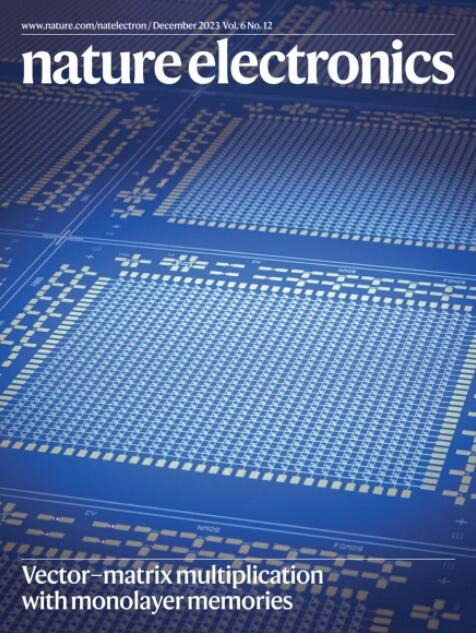通用大脑启发计算的发展
IF 33.7
1区 工程技术
Q1 ENGINEERING, ELECTRICAL & ELECTRONIC
引用次数: 0
摘要
脑启发计算利用神经科学的洞察力来开发更高效的计算系统。这种方法适用于从神经模拟到智能计算的广泛应用,并有可能用于创建通用计算基础设施。在此,我们将探讨通用脑启发计算的发展。我们研究了迄今为止用于创建大脑启发计算系统的硬件和软件。然后,我们考虑了将神经科学和计算机科学的方法结合起来构建通用脑启发计算系统的潜力,重点关注三个领域:时间、空间和时空能力;近似计算和精确计算;以及控制流和数据流。最后,我们讨论了开发通用型大脑启发计算所需的举措,重点介绍了三种潜在策略:应用级模式通用化、硬件级结构通用化和软件级系统通用化。本文章由计算机程序翻译,如有差异,请以英文原文为准。


The development of general-purpose brain-inspired computing
Brain-inspired computing uses insights from neuroscience to develop more efficient computing systems. The approach is of use in a broad range of applications—from neural simulation to intelligent computing—and could potentially be used to create a general-purpose computing infrastructure. Here we explore the development of general-purpose brain-inspired computing. We examine the hardware and software that have so far been used to create brain-inspired computing systems. We then consider the potential of combining approaches from neuroscience and computer science to build general-purpose brain-inspired computing systems, highlighting three areas: temporal, spatial and spatiotemporal capabilities; approximate computing and precise computing; and control flow and data flow. Finally, we discuss initiatives that will be needed to develop general-purpose brain-inspired computing, highlighting three potential strategies: application-level pattern generalization, hardware-level structural generalization and software-level systematic generalization. This Perspective explores the development of general-purpose brain-inspired computing, considers the potential of combining specific approaches from neuroscience and computer science, and discusses the initiatives that will be needed to develop such systems.
求助全文
通过发布文献求助,成功后即可免费获取论文全文。
去求助
来源期刊

Nature Electronics
Engineering-Electrical and Electronic Engineering
CiteScore
47.50
自引率
2.30%
发文量
159
期刊介绍:
Nature Electronics is a comprehensive journal that publishes both fundamental and applied research in the field of electronics. It encompasses a wide range of topics, including the study of new phenomena and devices, the design and construction of electronic circuits, and the practical applications of electronics. In addition, the journal explores the commercial and industrial aspects of electronics research.
The primary focus of Nature Electronics is on the development of technology and its potential impact on society. The journal incorporates the contributions of scientists, engineers, and industry professionals, offering a platform for their research findings. Moreover, Nature Electronics provides insightful commentary, thorough reviews, and analysis of the key issues that shape the field, as well as the technologies that are reshaping society.
Like all journals within the prestigious Nature brand, Nature Electronics upholds the highest standards of quality. It maintains a dedicated team of professional editors and follows a fair and rigorous peer-review process. The journal also ensures impeccable copy-editing and production, enabling swift publication. Additionally, Nature Electronics prides itself on its editorial independence, ensuring unbiased and impartial reporting.
In summary, Nature Electronics is a leading journal that publishes cutting-edge research in electronics. With its multidisciplinary approach and commitment to excellence, the journal serves as a valuable resource for scientists, engineers, and industry professionals seeking to stay at the forefront of advancements in the field.
 求助内容:
求助内容: 应助结果提醒方式:
应助结果提醒方式:


